1. Current Battery Lifespan
From an energy conversion perspective, the battery in an electric vehicle is its “heart,” continuously converting chemical energy into electrical energy to power the vehicle.
Taking the widely used lithium iron phosphate battery as an example, its commercial-grade cycle life is approximately 3000 charge-discharge cycles, at which point the battery capacity decay is still controlled within 20%. Under ideal laboratory conditions, it can exceed the 6000-cycle threshold, supporting approximately 8 years or more of daily use.
The theoretical lifespan of ternary lithium batteries is 1200 times that of a full charge-discharge cycle, i.e., a full cycle life, with an actual lifespan of around 10 years. However, battery durability is subject to multi-dimensional constraints from driving habits, maintenance levels, and environmental factors, requiring special attention.
Lithium iron phosphate (LFP) batteries offer superior safety due to the crystal stability of their olivine structure, but this comes at the cost of lower energy density (160-200 Wh/kg) and greater volumetric mass. In contrast, while ternary lithium materials boast a high energy density of 300 Wh/kg and excellent charge/discharge rates, their thermal stability is strongly correlated with the precision of the battery management system (BMS) and user charging habits.
Actual Capacity Degradation
(1) Recurrent Systems, USA: Tesla Model S/X maintained an average capacity retention of 90% after 160,000 km.
(2) China Society of Automotive Engineers: Lithium iron phosphate batteries maintained a capacity retention of approximately 80-85% after 10 years.
2. Specific Influencing Factors
Factors
Specific Impacts
Charging Habits
Frequent use of ultra-fast charging (e.g., 120 kW or higher) accelerates lithium deposition, leading to capacity degradation (lifespan is shortened by 20-30% when fast charging is prevalent).
Depth of Charge/Discharge (DoD): Long-term full charge/discharge cycles (e.g., 100%~0%) reduce lifespan by more than 50% compared to shallow charge/discharge cycles (e.g., 80%~20%). Temperature Environment: Long-term use at high temperatures (>40℃) or low temperatures (<-20℃) increases the capacity decay rate by 2-3 times.
Battery Chemistry:
Lithium iron phosphate (LFP) has a long cycle life but low energy density, while ternary lithium (NCM/NCA) has high energy density but a relatively short lifespan.
Of course, if manufacturers can provide high-quality warranty services, it can also extend the lifespan of electric vehicle batteries to some extent.
Mainstream automakers offer 8-year/160,000 km battery warranties (such as Tesla and BYD), and some brands extend to lifetime warranties (such as NIO and Jike, but with restrictions: first owner, non-commercial vehicle).
3. Battery Lifespan Judgment Criteria: To determine whether a battery has truly reached the end of its lifespan, the following criteria can be used:
(1) Capacity Decay: Below 70-80% of the original capacity (Chinese national standard requires no less than 80%).
(2) Safety Risks: Significantly increased internal resistance, increased probability of thermal runaway (e.g., temperature difference between cells >5℃).
(3) Functional Failure: The Battery Management System (BMS) cannot maintain the normal voltage range.
4. Future Trends
With advancements in technology, the lifespan of batteries may be extended in the future:
(1) Solid-state batteries: Theoretically, a cycle life exceeding 5000 cycles (Toyota plans mass production in 2027).
(2) Cobalt-free batteries (such as CATL’s NMx): Reduced reliance on rare metals, improving cycle stability.
(3) Battery self-repair technology: Automatic repair of electrode microcracks through electrolyte additives (laboratory stage).
In addition, the Zhejiang Daily recently reported on a material—lithium-rich manganese-based cathode material. A research team from the Ningbo Institute of Materials Technology and Engineering, Chinese Academy of Sciences, discovered that lithium-rich manganese-based cathode material exhibits “negative thermal expansion” due to atomic structure reorganization after heating. Utilizing this characteristic, it may be possible to reset “aged” batteries to their “original state,” thereby achieving battery “rejuvenation.” Of course, this material is not yet on the market and therefore has certain drawbacks. Its ability to withstand a relatively short number of charge-discharge cycles is inferior to other cathode materials. After repeated charge-discharge cycles, the voltage drops significantly, which is what is known as battery “aging.”
Currently, the research team is modifying it using lithium-rich manganese-based cathode materials, hoping to design a more efficient and durable lithium-rich manganese-based cathode material. It is believed that in the near future, the range anxiety and battery life issues of new energy vehicles will be revolutionaryly resolved.
5. Suggestions for Extending Battery Life
To extend the life of your electric vehicle, proper maintenance is essential. Here are some practical suggestions for extending battery life:
(1) Charging Strategy:
① Maintain the battery level between 20% and 80% during daily use (the upper limit can be set via the vehicle’s infotainment system).
② Perform at least one complete charge cycle (10% to 100%) per month to calibrate the BMS.
(2) Temperature Management: In high-temperature environments, prioritize charging in a cool, shaded area. In winter, preheat the battery before charging (this is automatic in most models).
(3) Fast Charging Limitations: Reduce the frequency of ultra-fast charging (>150kW) in non-emergency situations. A fast-to-slow charging ratio of ≤1:3 is recommended.
The actual service life of new energy vehicle batteries is generally 8-15 years, far exceeding the replacement cycle of most users. With advancements in battery technology and the promotion of battery swapping models (such as NIO’s BaaS), lifespan anxiety will gradually diminish. Through scientific use and maintenance, users can maximize battery value, and in the future, it may even be possible to achieve an energy cycle model where “the vehicle is scrapped, but the battery is still in use.”

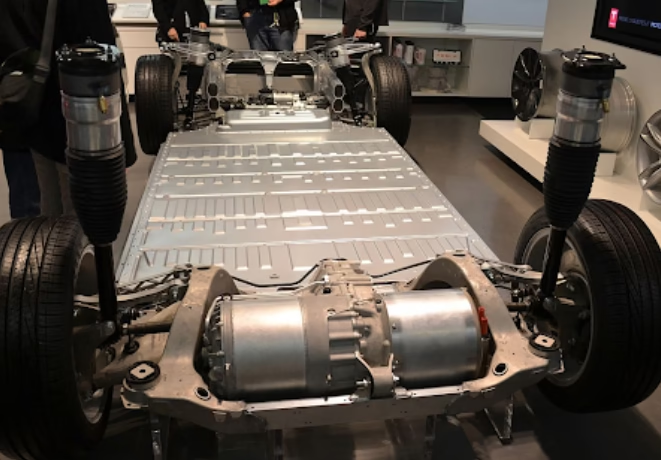

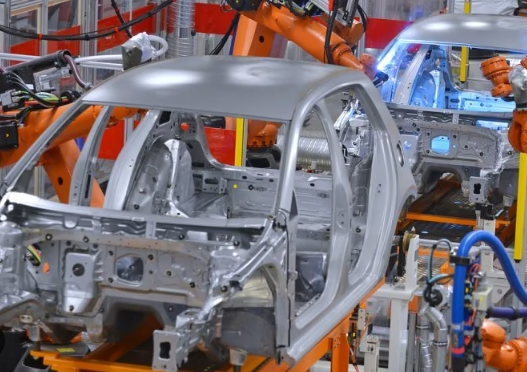
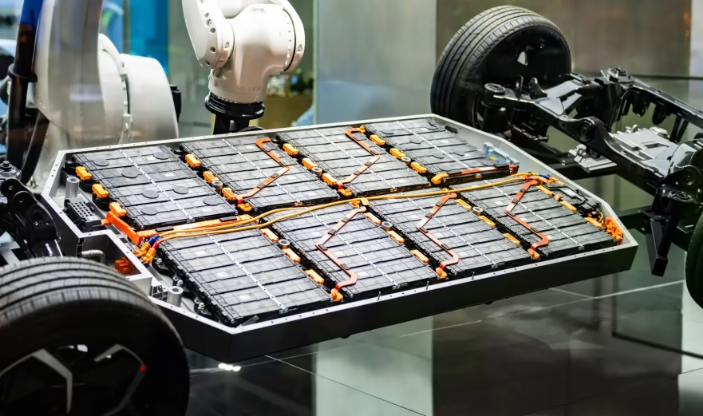
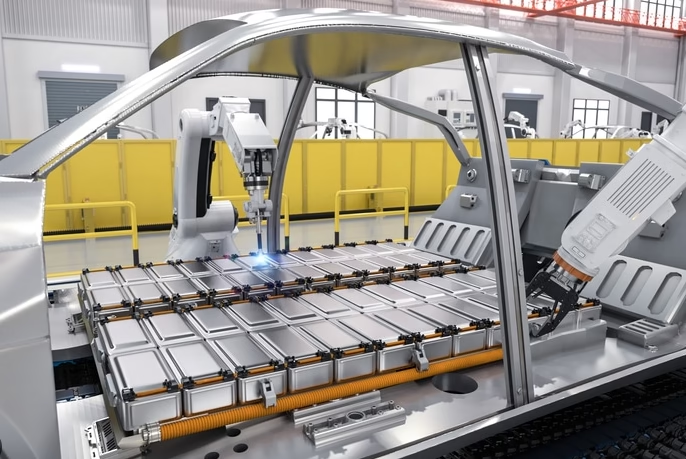
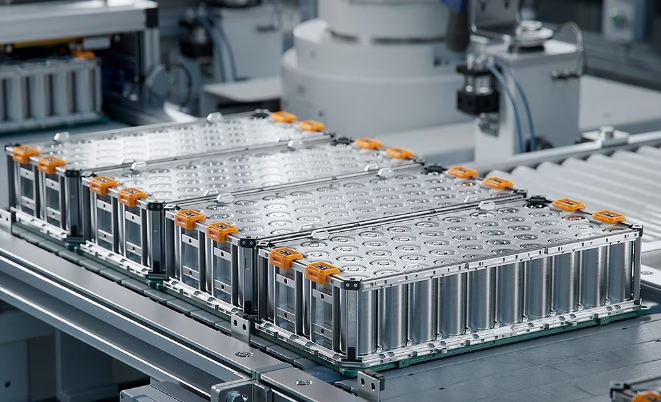
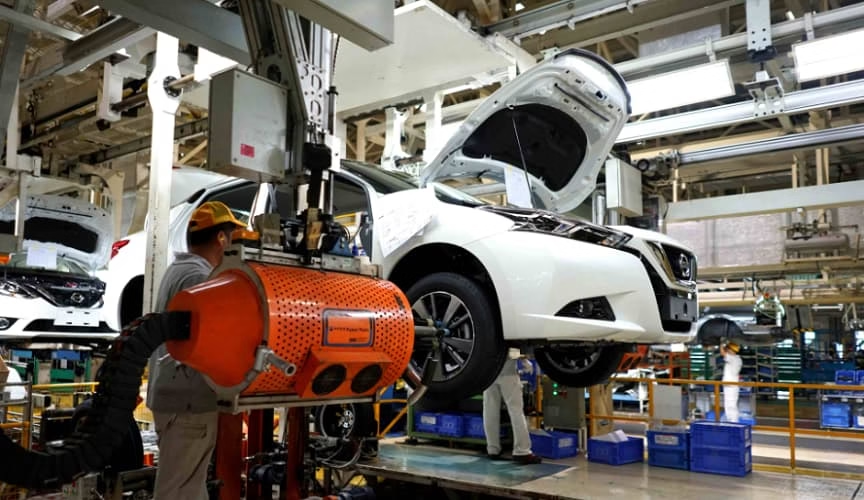
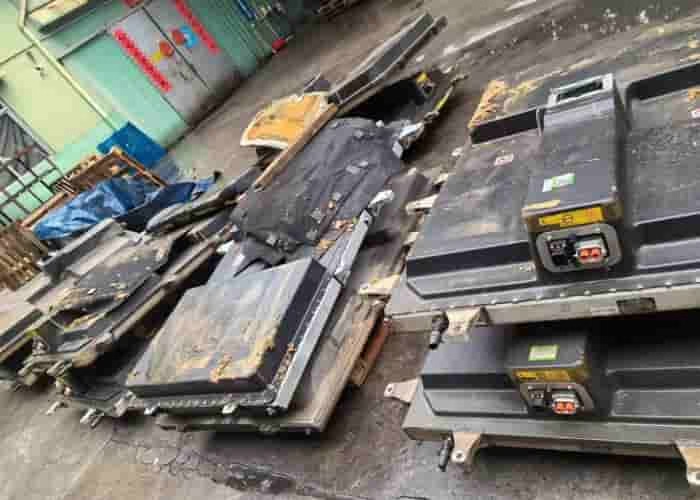
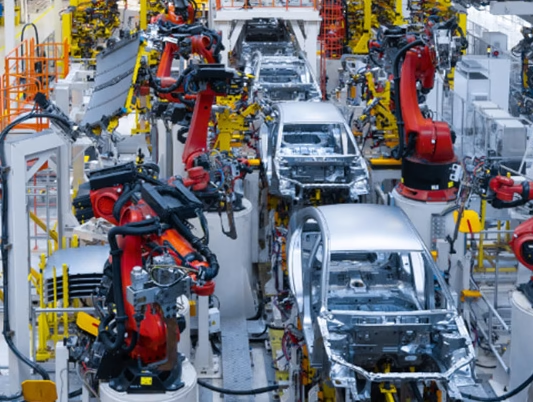





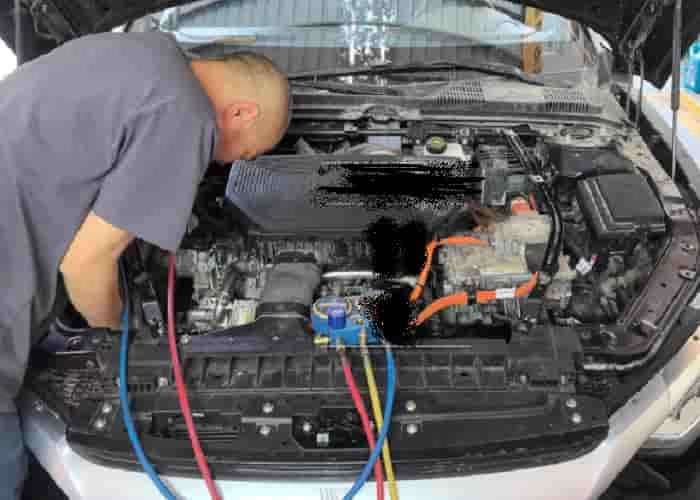
Leave a Reply